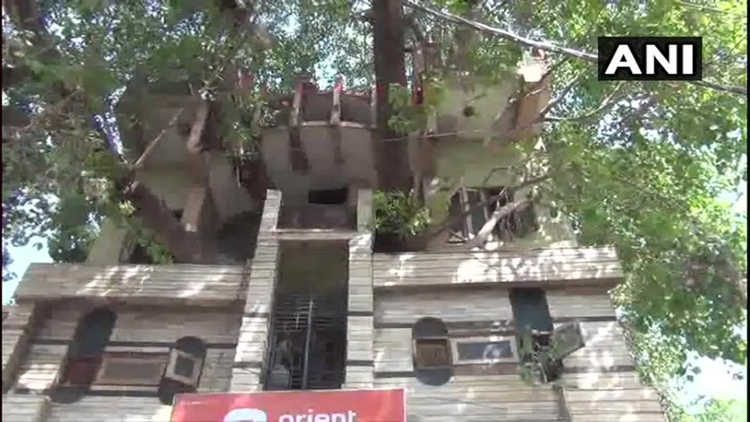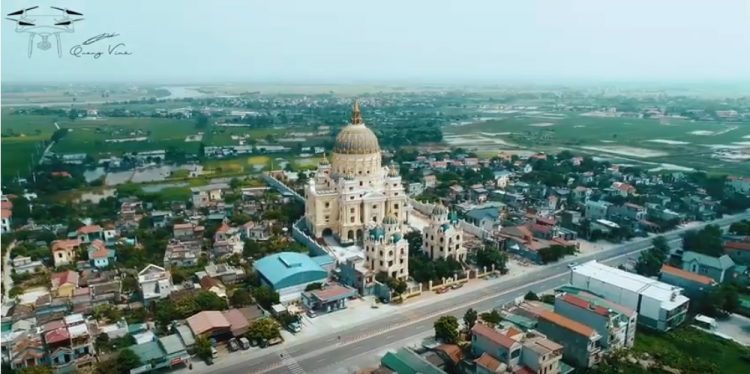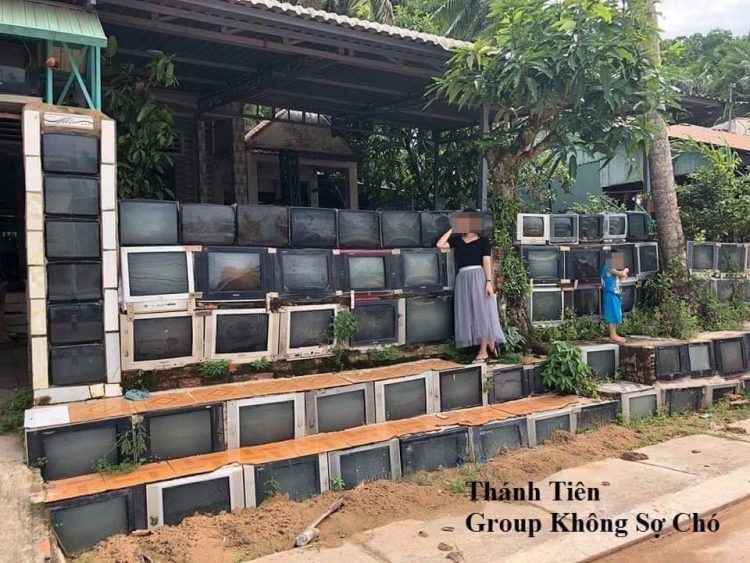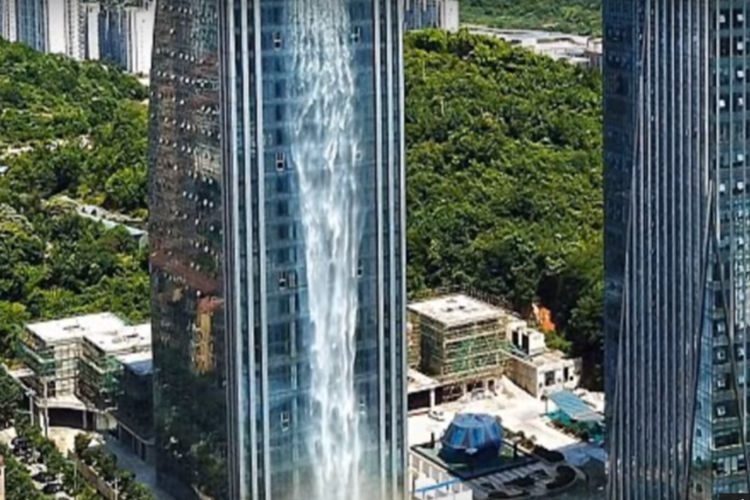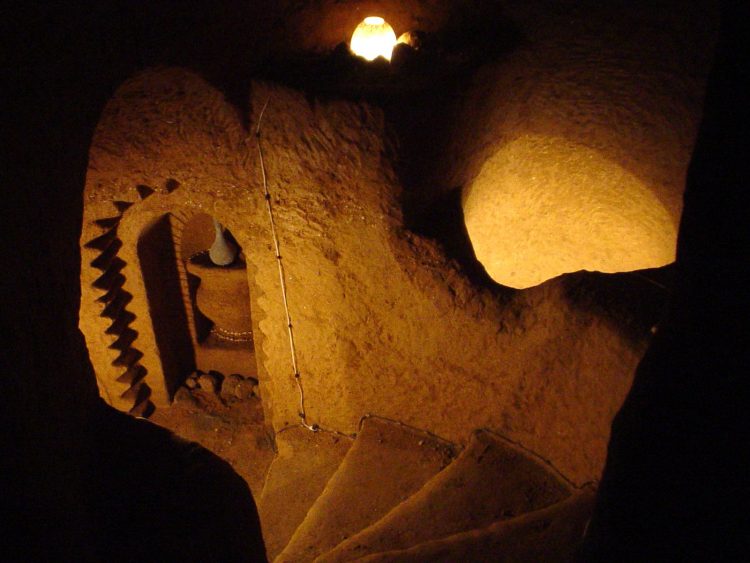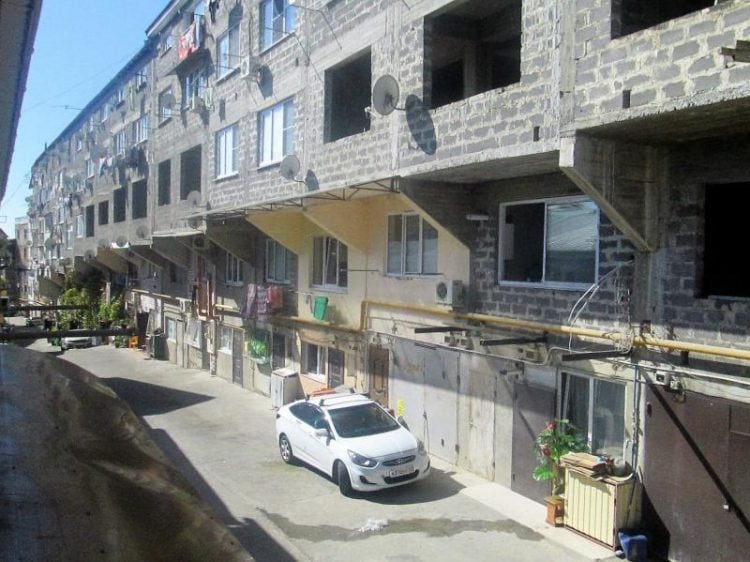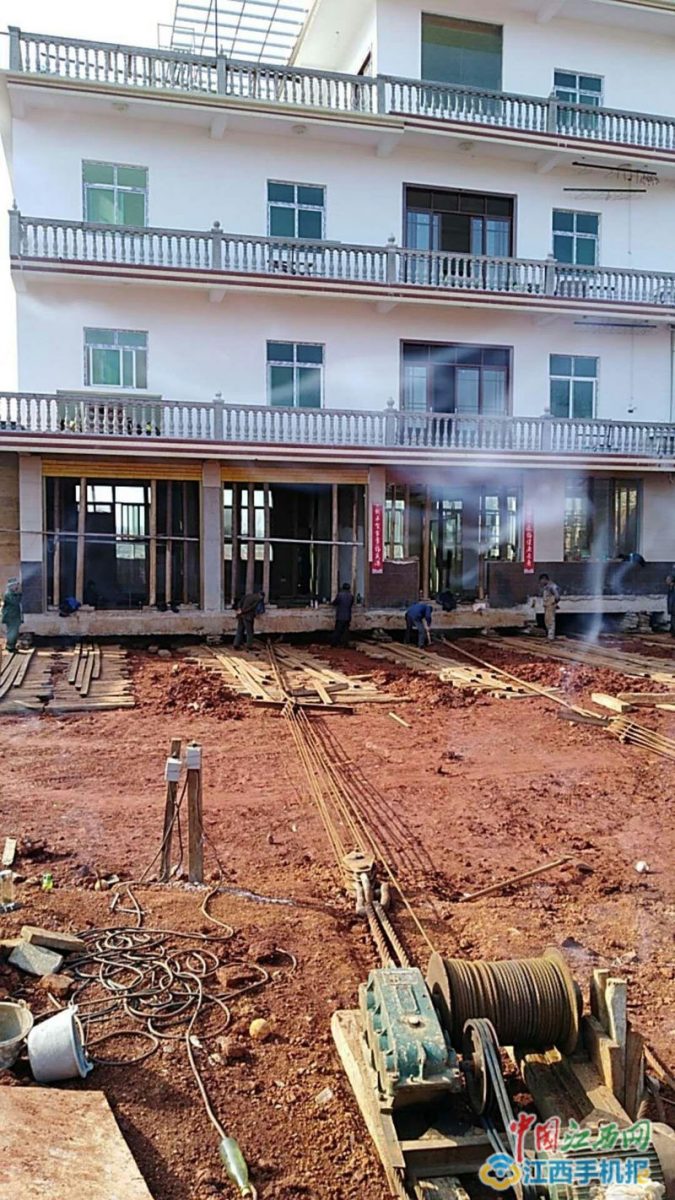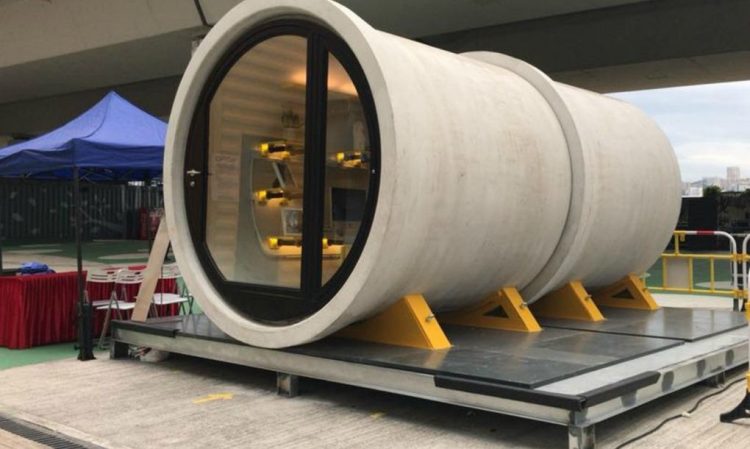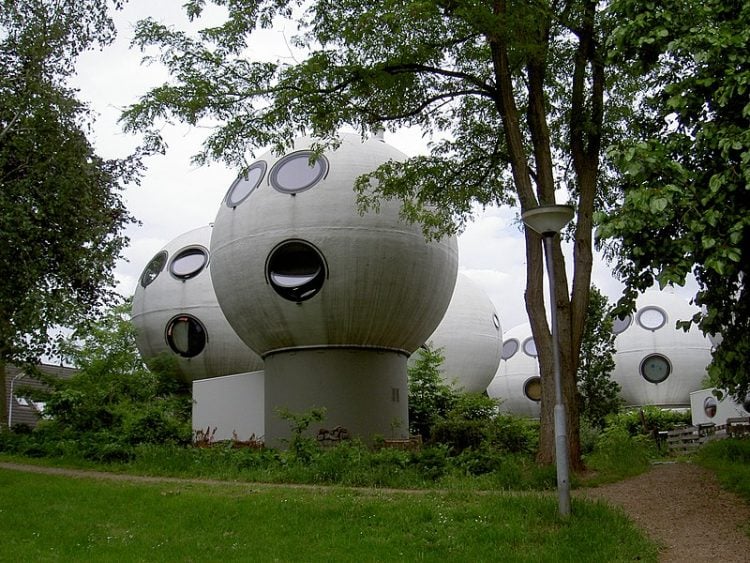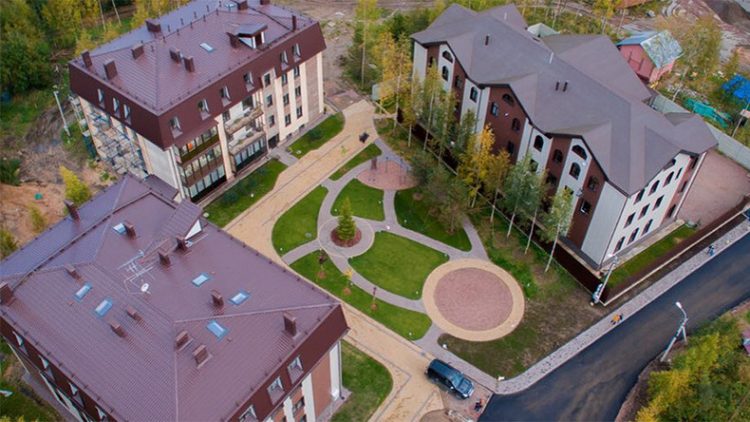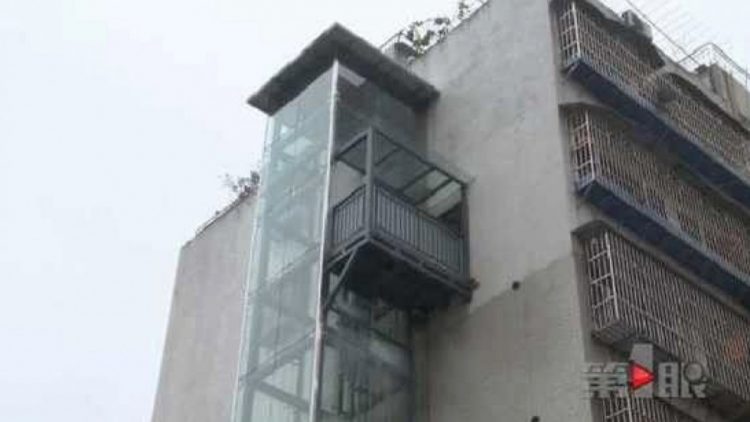When the Kesharwani family in Jabalpur, India, decided to expand their home back in 1994, they pondered what to do about the giant fig tree growing in their garden. Rather than cut it down, they decided to build a four-storey house around it.
Today, the Kesharwanis’ residence is one of the most stunning sights in Jabalpur – a concrete villa with a giant tree trunk growing through its multiple stories and thick branches coming out through the windows, walls and roof. Yogesh Kesharwani, whose parents built the house 25 years ago, said that the fig tree is about 150 years old but still blossoms into leaves and fruits every year. Even though they have to navigate around its thick trunk when moving through the house, the Kesharwanis have gotten used to it and even grown to consider it a member of the family.

